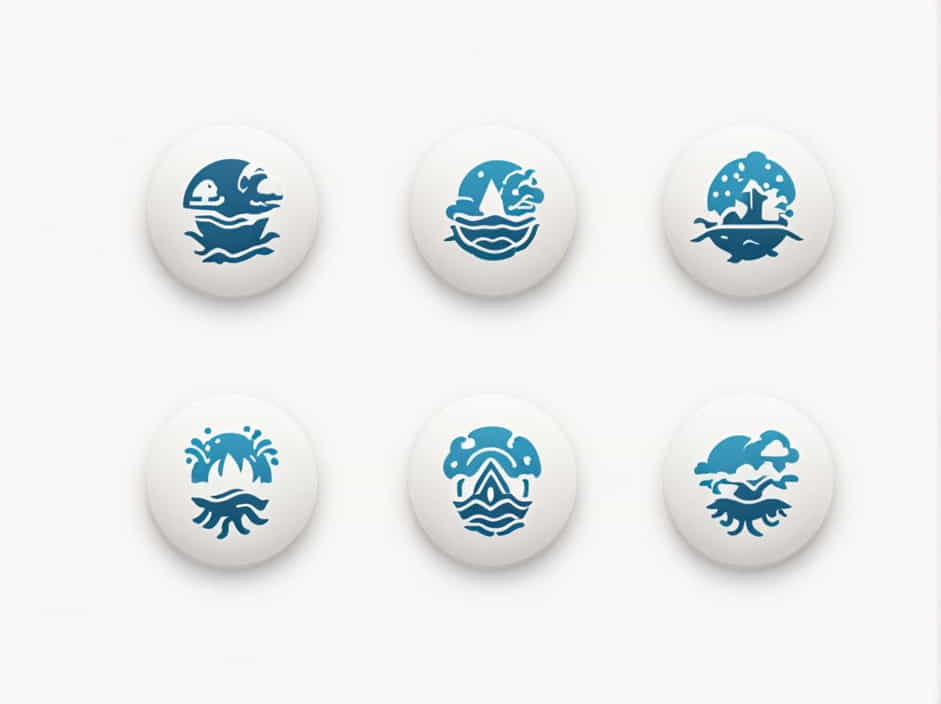Woods Hole Oceanographic Institution (WHOI) is one of the world’s leading research centers in ocean science, engineering, and education. Located in Woods Hole, Massachusetts, WHOI is renowned for its groundbreaking marine research and collaborations with top scientists worldwide.
Prospective students and researchers interested in studying at WHOI often wonder about its acceptance rate, admission requirements, and selection process. This topic provides a detailed overview of WHOI’s acceptance rate and what it takes to gain admission.
About Woods Hole Oceanographic Institution
WHOI was established in 1930 and has since become a global leader in oceanographic research. The institution focuses on studying marine ecosystems, climate change, deep-sea exploration, and underwater robotics. It offers graduate programs, fellowships, and research opportunities for students and scientists passionate about ocean studies.
What Is the Acceptance Rate of WHOI?
WHOI is known for its rigorous admission process, making it highly competitive. While exact acceptance rate statistics vary, the institution typically admits only a small percentage of applicants.
Factors Affecting WHOI’s Acceptance Rate
- Selective Admission Process – WHOI looks for highly qualified candidates with strong academic backgrounds and research experience.
- Limited Enrollment – The institution admits a small number of students each year, particularly in its graduate programs.
- Strong Research Focus – Candidates with a proven track record in oceanography, environmental science, engineering, and related fields have a higher chance of acceptance.
Admission Requirements for WHOI
1. Academic Qualifications
Applicants must have a strong educational background in science, technology, engineering, or mathematics (STEM). A bachelor’s or master’s degree in a relevant field is required for most programs.
2. Research Experience
WHOI prioritizes candidates with prior research experience, particularly those who have worked on oceanographic or environmental projects. Having published research papers or participated in scientific studies can strengthen an application.
3. Letters of Recommendation
Strong recommendations from professors, scientists, or professionals in the field play a crucial role in the admission process. WHOI values endorsements from experts who can vouch for an applicant’s research abilities and academic excellence.
4. Statement of Purpose
A well-written statement of purpose explaining the applicant’s research interests, career goals, and reasons for choosing WHOI is essential. The essay should demonstrate a deep passion for ocean science and align with WHOI’s research mission.
5. Standardized Test Scores
Some programs may require GRE (Graduate Record Examination) scores, though policies may vary. International students may need to submit TOEFL or IELTS scores to demonstrate English proficiency.
Programs Offered at WHOI
1. Joint Graduate Program with MIT
One of WHOI’s most prestigious programs is its Joint Program with the Massachusetts Institute of Technology (MIT). This collaborative Ph.D. program in oceanography and marine engineering is highly competitive and attracts top-tier students from around the world.
2. Postdoctoral Fellowships
WHOI offers postdoctoral research positions to early-career scientists who want to advance their expertise in ocean science. These fellowships are highly selective and require strong academic and research credentials.
3. Summer and Internship Programs
WHOI provides summer student fellowships and research internships for undergraduate and graduate students. These programs allow participants to work alongside leading scientists and gain hands-on experience in ocean research.
Tips to Improve Your Chances of Acceptance
1. Gain Research Experience
Engage in oceanographic research, internships, or fieldwork to build a strong scientific background. Participating in marine research projects can significantly boost your application.
2. Develop a Strong Application
Ensure your statement of purpose clearly articulates your research interests and career goals. Highlight any relevant projects, publications, or professional experiences that align with WHOI’s mission.
3. Secure Strong Letters of Recommendation
Obtain recommendation letters from professors or scientists familiar with your research capabilities. A well-written endorsement can make a significant difference.
4. Apply to the Right Program
Choose a program that matches your research interests and background. Carefully review WHOI’s academic offerings and apply to the one that best aligns with your expertise.
5. Prepare for Interviews
Some applicants may be required to attend interviews with faculty members. Be prepared to discuss your research experience, goals, and reasons for applying to WHOI.
Woods Hole Oceanographic Institution is a prestigious research center with a highly selective admission process. While the acceptance rate is low, strong academic performance, relevant research experience, and a well-crafted application can improve your chances of getting accepted. For students passionate about ocean science, WHOI offers unparalleled opportunities to contribute to groundbreaking research and make a meaningful impact in the field of marine studies.
